Top 5 Things to Know Before Buying Dog Food for Small Breeds
Introduction
If you’re a proud parent of a small dog — whether it’s a Pomeranian, Chihuahua, or Miniature Schnauzer — you already know they’re full of personality packed into a pint-sized body. But when it comes to feeding these little companions, finding the best dog food for small breeds can be tricky.
Choosing the right dog food isn’t just about grabbing the fanciest bag on the shelf or clicking the first product online. It’s about understanding your dog’s unique nutritional needs, size, metabolism, and even their jaw strength.
In this guide, we’ll walk you through the top 5 essential tips to help you buy the best dog food for small breeds — so you can make informed decisions, avoid common mistakes, and keep your pup happy and healthy.
🟧 1. Nutritional Needs in the Best Dog Food for Small Breeds
Small dogs burn calories faster than large breeds due to their high energy and faster metabolism. But surprisingly, many small breed owners underfeed or choose food lacking in essential nutrients.
🐾 Key Nutrients in the Best Dog Food for Small Breeds:
High-quality protein: For muscle strength and development
Healthy fats: Omega-3 & Omega-6 for coat and brain health
Calcium & phosphorus: For strong teeth and bones
Vitamins A, D, E: Support vision, immune health, and skin
Look for food labeled specifically for “small breed dogs” — these are often calorie-dense, helping your pup get enough energy in smaller portions. Choosing the best dog food for small breeds means checking both the nutrition and the source.
📌 Affiliate Product Placeholder #1
Example: Premium Small Breed Dog Food – Grain-Free Chicken Recipe [Insert Link]
🟧 2. Kibble Size Matters: Choose the Right Texture for Small Breeds
One of the most overlooked factors is the kibble’s size and texture. Small dogs have small mouths and jaws, making large or hard kibble uncomfortable or even dangerous.
🦷 Why Kibble Size Matters:
Prevents choking and dental damage
Promotes proper chewing
Improves digestion and nutrient absorption
Many brands now offer “mini bites” or “small bites” formulas. If you want the best dog food for small breeds, make sure it’s easy to chew and digest.
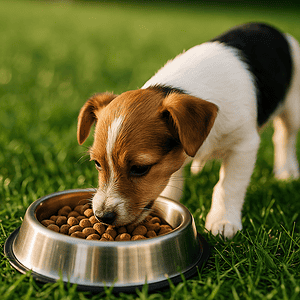
Alt text: Best kibble size for small breed dog
Some breeds like Yorkies or Pekingese may prefer soft or semi-moist foods due to sensitive teeth — so don’t be afraid to experiment with texture while staying within high-quality ingredient options.
🟧 3. Learn to Decode Labels — Ingredients Tell the Truth
What’s written on the packaging matters more than you think. Many pet parents fall for shiny bags and phrases like “natural” or “premium” without checking the actual ingredients.
🔍 Look for These First 5 Ingredients:
Named Meat or Fish (e.g., Chicken, Salmon) — should be #1
Whole Grains or Veggies — brown rice, sweet potato, barley
No fillers like corn, wheat, soy
No by-products or “meat meals” from unnamed sources
No artificial colors or preservatives
Check for the AAFCO statement — it ensures the food meets nutritional requirements for dogs.
✅ Pro Tip: Just because a brand is expensive doesn’t mean it’s the best dog food for small breeds. Always read the label carefully.
🟧 4. Address Allergies & Sensitivities Early
Many small breed dogs suffer from food sensitivities — often mistaken for skin or stomach issues. If your pup is scratching excessively or has frequent diarrhea, food might be the issue.
🧪 Common Allergens:
Chicken
Dairy or eggs
Grains like corn or wheat
Artificial flavoring
Switch to limited-ingredient or grain-free dog food if needed. Always introduce new food gradually over 7–10 days.
📌 Affiliate Product Placeholder #2
Example: Hypoallergenic Dog Food – Salmon & Sweet Potato [Insert Link]
🟧 5. Portion Control: Feeding the Best Dog Food for Small Breeds
Overfeeding is a common mistake. Because they’re tiny and cute, it’s tempting to spoil them — but their little stomachs can’t handle too many calories.
⚖️ Portion Control Tips:
Use feeding chart as a guide
Adjust based on age, weight, activity level
Split meals into 2–3 small portions
Use a kitchen scale for accuracy
Even the best dog food for small breeds won’t help if the portions are wrong. Nutrition and quantity go hand in hand.
📎 Internal Link Placeholder: How We Review Products
🌐 External Link:Pet Obesity Prevention Guide – PetMD
🟨 Bonus Tip: Small Breeds Have Big Tastes — Be Flexible
Some small dogs are picky eaters. Even with high-quality food, they may reject certain flavors.
Try:
Mixing wet food with dry food
Adding warm water or low-sodium broth
Rotating proteins (chicken, salmon, lamb)
Sticking to same brand line to avoid upset
📌 Affiliate Product Placeholder #3
Example: Dog Food Topper – Freeze-Dried Turkey Mix [Insert Link]
🟩 Final Thoughts
Finding the best dog food for small breeds doesn’t have to be hard — but it does require a little care. Your pup depends on you for proper nutrition and love.
✅ Focus on quality ingredients
✅ Watch portion sizes
✅ Adapt to allergies and preferences
✅ Read ingredient labels carefully
✅ Plan ahead for feeding changes as your dog grows
Whether you’re switching food or buying for the first time, these tips will help you avoid costly mistakes and keep your dog healthy and happy.
❓ FAQ – Quick Answers
Q1: Can I feed regular dog food to a small breed?
A: Not recommended. Use best dog food for small breeds with higher calories and smaller kibble.
Q2: How often should I feed my small dog?
A: 2–3 times a day in small portions is ideal.
Q3: Is grain-free food better?
A: Only if your dog has a grain allergy. Otherwise, whole grains are healthy.
Q4: What is the best protein source for small dogs?
A: Named meats like chicken, turkey, or salmon. Avoid “by-products.”
Q5: Should I ask my vet before switching foods?
A: Yes, especially if your dog has health conditions or is a senior.

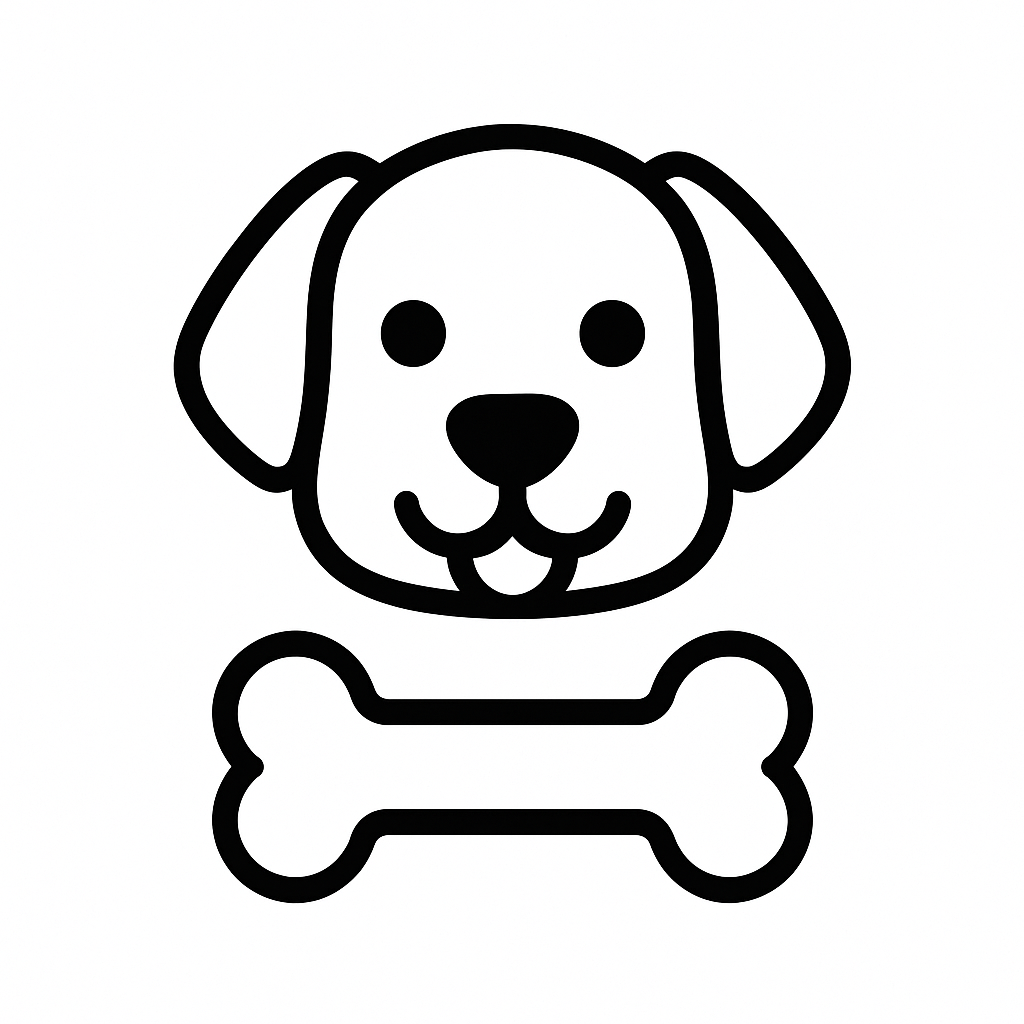

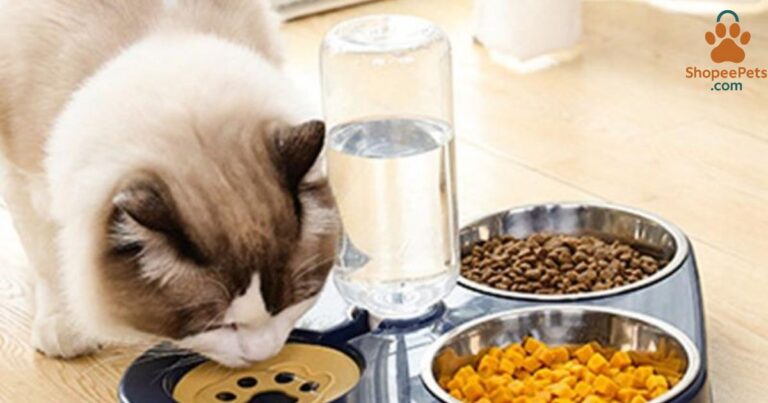
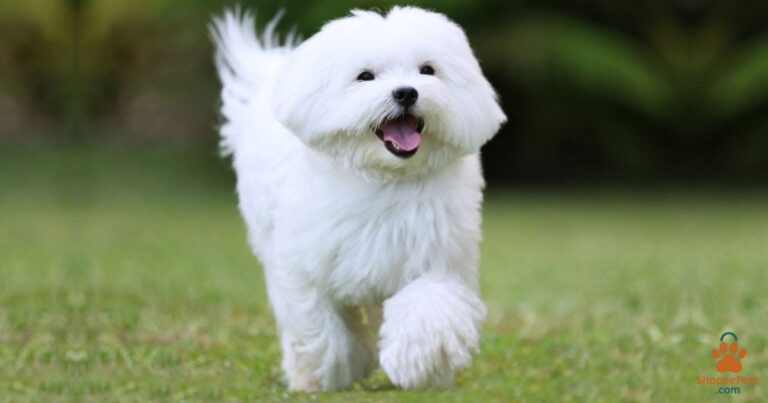

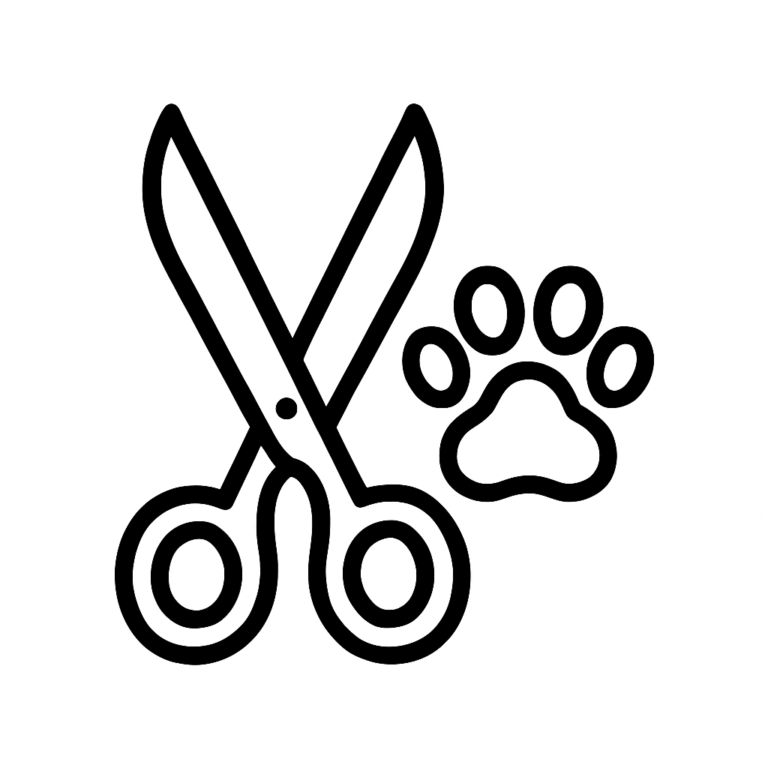

One Comment